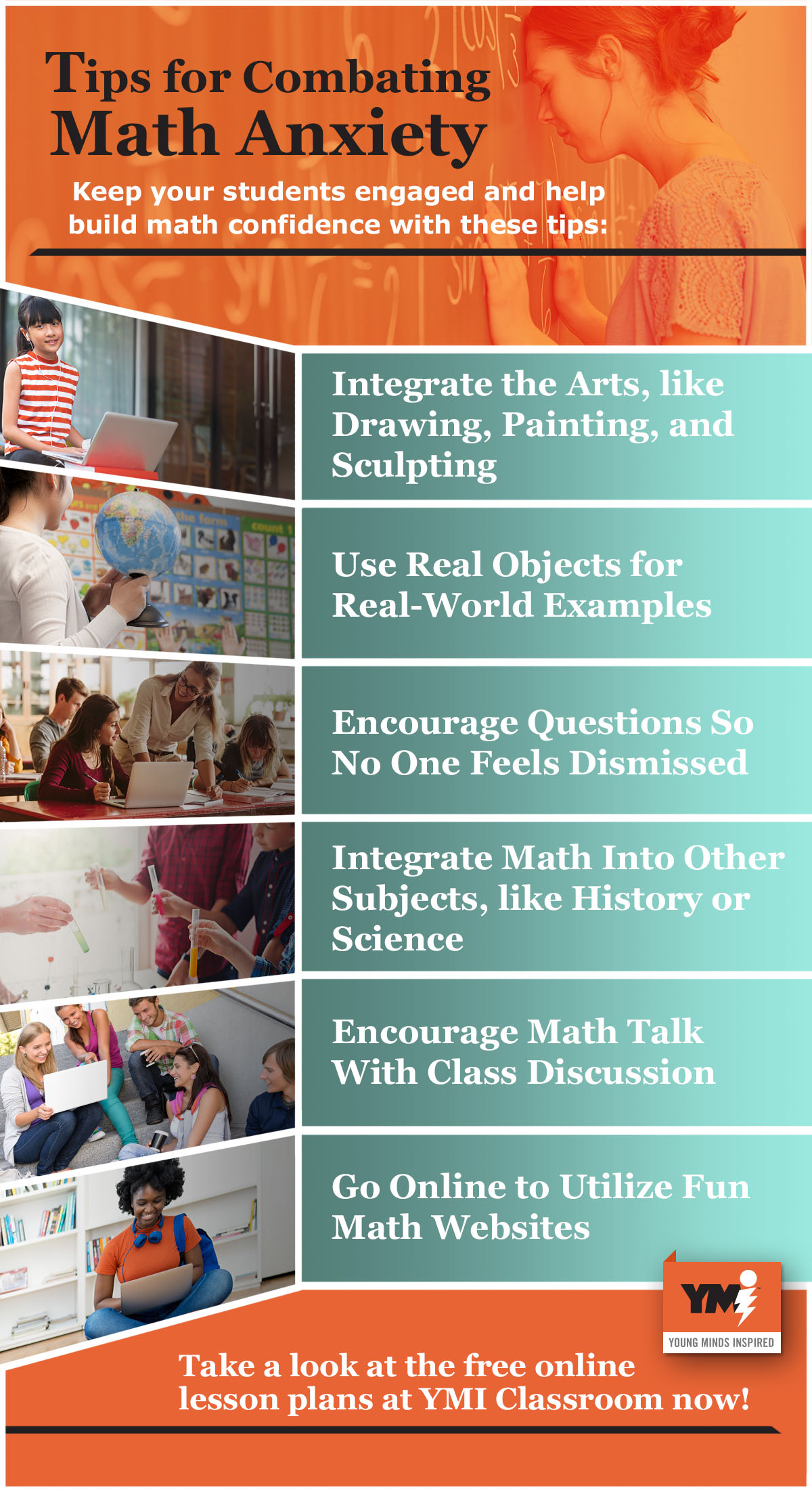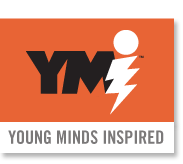Math anxiety is a real thing, and a lot of students dread heading to math class. Most of the time, the subject is approached and taught in a very black and white way so when students don’t understand it, they feel discouraged. When they are unable to do math or think through the lesson plan, their self-confidence is automatically hit and they tend to shut down. As teachers, we need to approach challenging subjects like math with a smile and think creatively so our students can too.
Math anxiety can and should be tackled from an early age so it doesn’t continue into early adulthood, and can be seen as the fun tool that it actually is, instead of the chore that many people assume it to be. Below, we discuss a few ways in which you can make learning math fun in your classroom. Of course, you can always take a look at the free online lesson plans offered by YMI Classroom for fun ways to teach a variety of subjects to your learners! Browse our selection now.

Make it tangible
You probably learned math only through lectures and worksheets, through speed games, and through pop quizzes, and chances are good that they all stressed you out. These days, there are so many more options when it comes to making math fun. You can have students use manipulatives — materials like blocks, shapes, or spinners that allow students to explore an idea in a hands-on and more visual approach — or even get up and move around.
Students are far more likely to take an interest in, and more importantly, remember a lesson where they got to count or divide candy or other manipulatives. Don’t get us wrong, worksheets and flashcards are still an important part of practicing math, but hands-on lessons are great for introducing new concepts and getting students excited about new units and skills.
Make it relatable
So much of why students find math difficult is because they perceive it as complex and ambiguous. Simple math, like counting and subtracting are concepts that make sense in the real world, but when students move on to higher processes like trigonometry or algebra, they often lack real-world understanding and find it hard to grasp. One way to combat this is by making concepts like these relatable. Ask your students what they are interested in and then find a way to connect it to math. Maybe it’s sports, finance, cooking, or science, finding a connection to math brings them closer to understanding new material.
Make time for notes
When you were learning math, you may remember scrambling to scribble down notes as your teacher flew through examples of math problems, trying to keep up with what was being taught while also trying to write it down. You may even get overwhelmed just thinking about it!
One of the best things you can do is give time for the explanation of new units where everyone’s eyes are on the board watching you before going over the material again through thorough notes. While this is not necessarily “fun,” you are still giving your students a chance to breathe, think, and absorb the information that you are teaching, while giving them a chance to compile comprehensive notes they can look back on later for help.
Make a diverse lesson plan
Remember, you are teaching students, not subjects. Take the time to understand how each of your students learns so you can give them a fair shot at understanding what they are learning. Not every student is going to feel comfortable raising their hand during a math lesson, especially if they are asking for help. On the flipside, extroverted students may learn best in a group where they can through problems. It is imperative that you provide diverse lesson plans that allow students to experience different methods of learning.
Include discussions, small groups, worksheets, flashcards, and hands-on experiences when teaching math. You can also offer options for testing math skills whenever possible. Students who may feel overwhelmed by a page full of math problems may be able to solve them correctly when shown one at a time through flashcards or an online quiz.
The greatest enemy here is standardized testing, which we cannot avoid. However, you can build confidence in the classroom through games, flashcards, and other methods that will translate to standardized testing performance.
Include games
Games are a fun and engaging way to reinforce concepts taught in the classroom. If it’s done right, students may even forget they are learning because they are having so much fun. There are plenty of online skill-appropriate games that you can use in your classroom to improve understanding and help them solve problems. It can also be even more beneficial when you break the students up into groups because they are able to collaborate with each other and maybe fill gaps in their own understanding of the material.
Try our free online lesson plans
YMI Classroom is your number one resource when it comes to free online lesson plans and other digital resources for both teachers and students. Our educational outreach programs tap into popular culture to create a dynamic learning experience. We offer lesson plans for subjects like language arts and STEM skills to social studies and sports and fitness. Educators can even become members to access free teaching kits, posters, DVDs, activity sheets, and more! Learn more now.
